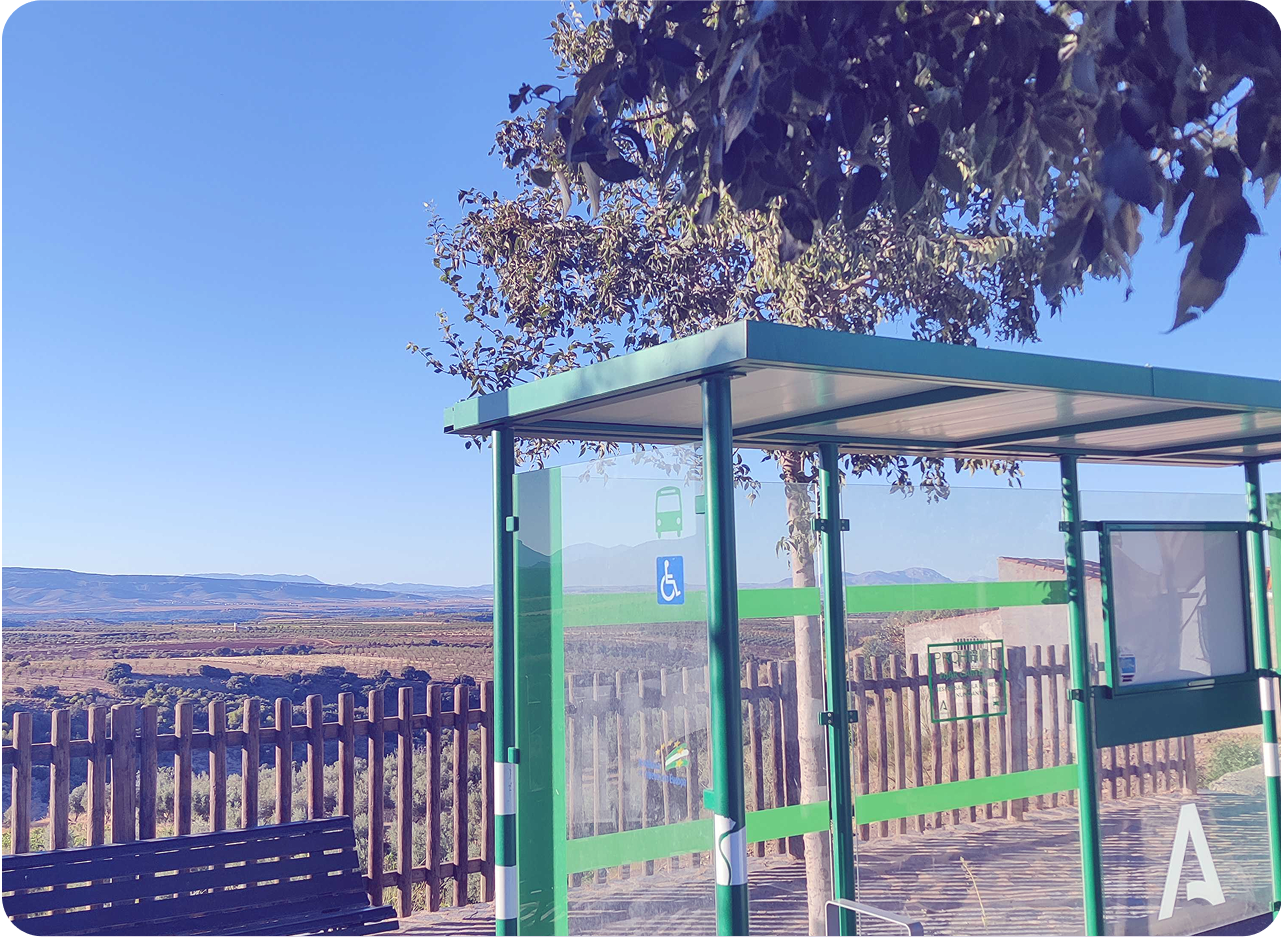
Flexible Rural Transport Solutions
Public transport in rural areas often faces significant challenges, including limited routes and infrequent schedules, making it difficult for residents to rely on it and become an integral part of their daily mobility. On top of that low population density leads to reduced demand, resulting in even fewer services and higher operational costs. Such routes are at high risk when budget cut backs come into play which can threaten the existence of rural transport services. Many rural areas lack proper infrastructure, such as bus stops, which further hinders accessibility and safety. The long distances between stops can make travel time-consuming, especially for essential trips like healthcare or education.
DRT: Enhancing Rural Public Transport
Demand-Responsive Transport (DRT) can significantly improve public transport in rural areas by offering flexible and efficient transportation options that adapt to the needs of the community. Unlike fixed-route buses, DRT systems adjust their routes based on real-time demand and provide better coverage for remote areas with low demand ensuring that people in rural communities can access public transport when and where they need it. And by reducing wait times and optimizing routes, DRT minimizes travel time and enhances convenience. Turning our attention to the bottom line, DRT can contribute to reducing costs by operating only when necessary, making it a more sustainable option for local governments.


DRT: Sustainable and Inclusive Mobility
DRT also offers an eco-friendly solution by minimizing empty buses and reducing congestion. DRT bridges social and economic gaps, and encourages social inclusion by providing transportation to those without private vehicles, especially the elderly, teenagers or those who choose not to drive. Furthermore, DRT systems can be integrated with existing transport networks, creating seamless connectivity between rural and urban areas. The implementation of DRT can enhance the overall convenience and reliability of rural transport, fostering greater mobility, connectivity and economic opportunities, and can stimulate local economies by improving access to jobs, education, and healthcare.





